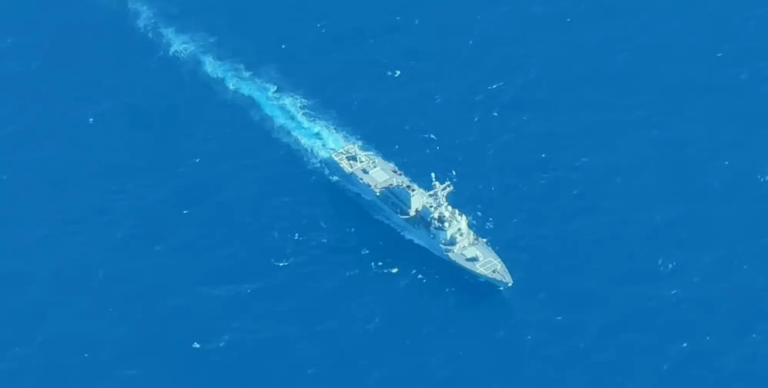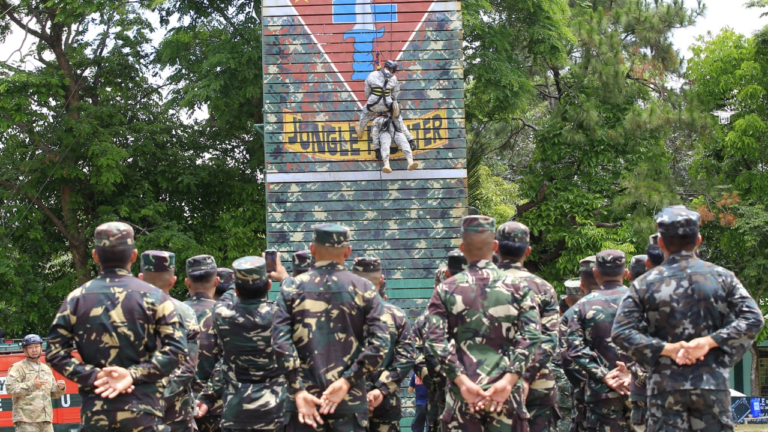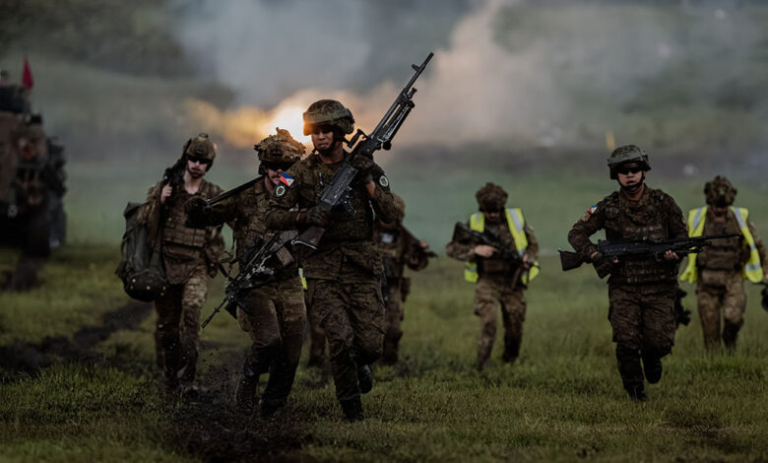
Getting the Columbia-class ballistic missile submarine program back on schedule and speeding up the delivery of Virginia-class attack boats took center stage during Secretary of the Navy John Phelan’s first time before a House defense subcommittee since his confirmation.
Phelan told the panel that righting the submarine program “is my number one priority.” Strengthening shipbuilding and the maritime industrial base topped his three focus areas in assuming the secretary’s post.
“We had a cost-plus contract that was eating us alive. …The future will be fixed-price with some incentives,” Phelan said of the April modification to the Virginia-class contract. The Navy “will have more shared risk” with the shipyards.
“The Department of the Navy has suffered from years of suboptimal management decisions, inefficient and burdensome bureaucracy, and poor capital allocation resulting in delayed shipbuilding and huge cost overruns. Too often, taxpayer dollars are wasted, while maintenance backlogs grow and vital modernization efforts lag,” reads his prepared testimony.
“We will tell you the good, the bad and the ugly” about Navy shipbuilding, Phelan told the panel.
“We need to get hulls in the water,” he later added.
“I now have a clear picture of the state” of yards here, in Japan and South Korea after a tour of U.S. and foreign shipyards over the last two months, Phelan said.
When opening the hearing, subcommittee chairman Rep. Ken Calvert (R-Calif.) said: “The Columbia program is now looking at an 18–24-month delay in delivering the lead ship. How does this happen to the Navy’s priority program? Further, I fear that delays in the Virginia-class program will only be compounded by delays in Columbia-class submarine construction. The Virginia-class program continues to hover at a construction cadence of 1.2 submarines a year versus the necessary cadence of two per year.”
That pace is needed to fulfill delivery requirements to Australia under the AUKUS pact between Australia, the United Kingdom and the United States that wants to get Canberra fielding a fleet of nuclear-powered but conventionally armed submarines in the late 2030s or early 2040s.
Columbia-class delays can be attributed to a variety of factors: first in class, an inexperienced workforce in the two private shipyards building the boats, continued supply chain disruptions and a lack of modern facilities at General Dynamics Electric Boat in Groton, Conn., and Newport News Shipbuilding in Newport News, Va, the Navy secretary said.
“The [U.S.] industrial base has been hollowed out and infrastructure [piers and docks] shorted” in maintenance and building, Phelan said.
He contrasted this to what he discovered in Japan – three times more productivity per shift, less bureaucratic paperwork required from workers and more automated practices and training happening on-site.
“The Navy has an undersea warfighting requirement for 66 attack submarines,” Adm. James Kilby, the acting chief of naval operations, noted in written testimony. “We are well below our requirement, with 47 currently in inventory. As of April 2025, 24 Virginia Class Submarines have been delivered and 14 are under contract. Five Columbia class submarines are in construction.”
Kilby told the panel that extending the service life of a number of Ohio-class boats would ensure there’s no gap in providing survivable nuclear deterrence until District of Columbia, the first submarine in the new class, is delivered.
The Navy is laser-focused on the Indo-Pacific and expects any conflict there to be protracted, Kilby said. He wants “to open our aperture a little” to look at different munitions to add to the stockpile and double the production of weapons like the SM-6, extended range missiles, and others used in the Red Sea against the Yemen-based Houthis.
He said the fleet’s 80 percent readiness goal by Jan. 1, 2027, remains in place. Former Chief of Naval Operations Adm. Lisa Franchetti set that goal as part of her Project 33 Project.
Marine Corps Commandant Gen. Eric Smith said the amphibious fleet is currently at 40 percent readiness.
He advocated for “three-ship [Amphibious Ready Group/Marine Expeditionary Units]—one forward deployed from the East Coast, one forward deployed from the West Coast, and one episodically deployed from Okinawa, Japan. This posture provides our Combatant Commanders with the ability to shape events, respond rapidly to threats, and deter adversaries with forward-deployed, sea-based forces,” Smith wrote in prepared testimony.
This shortfall has already disrupted scheduled MEU deployments across all three Marine Expeditionary Forces—not because we lack trained Marines, but because we lack the ships to move them forward. If this trend continues, unit proficiency will erode, amphibious experience will degrade, and risk—to both training and future combat operations—will increase,” Smith said in written testimony.





